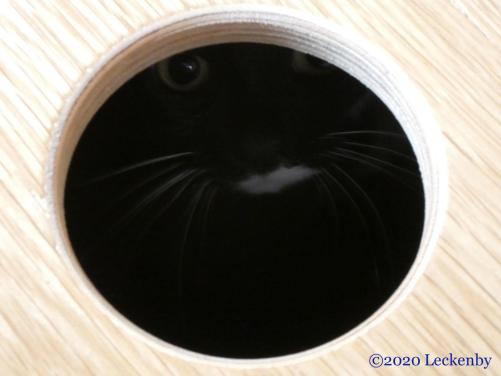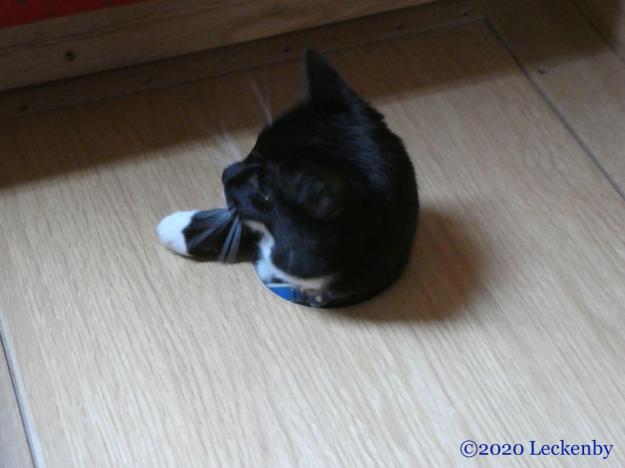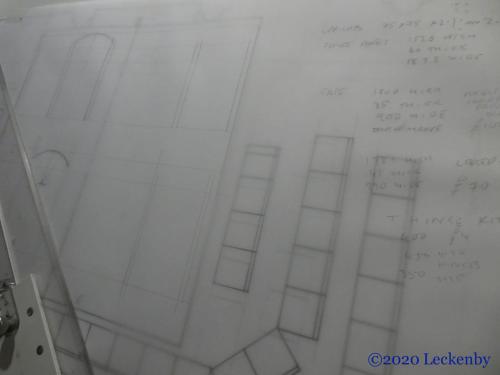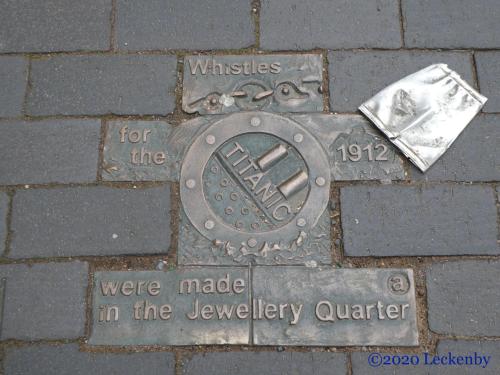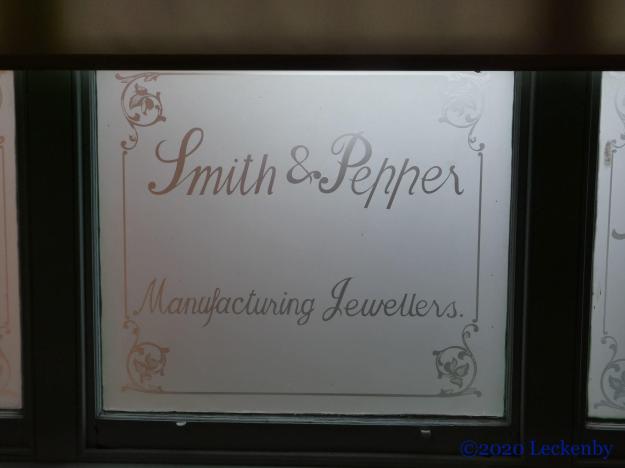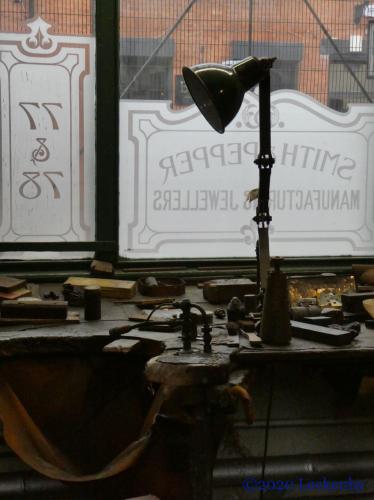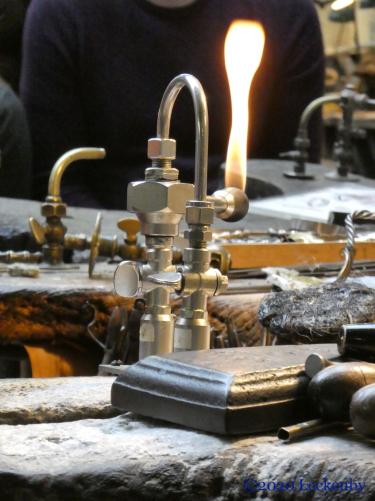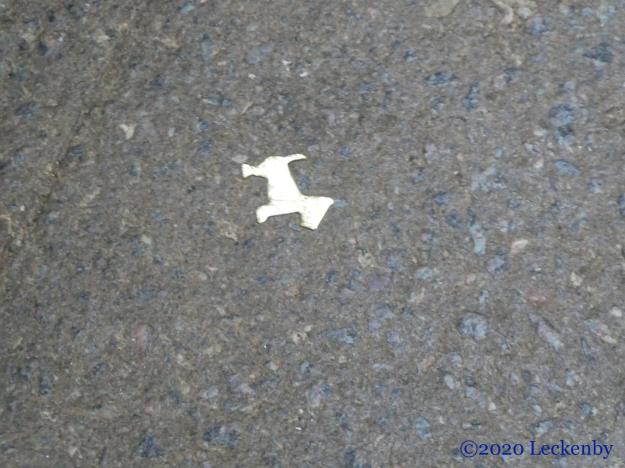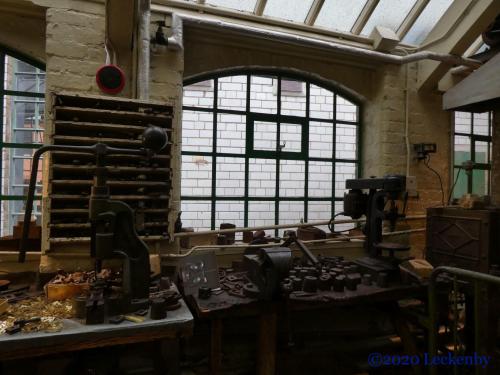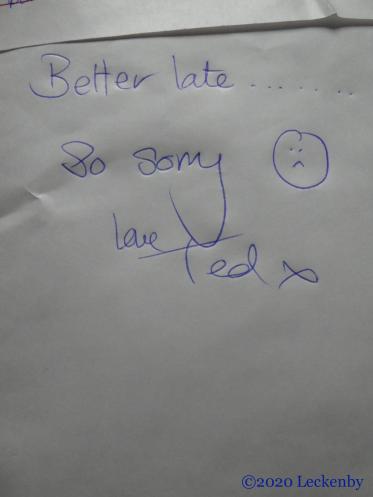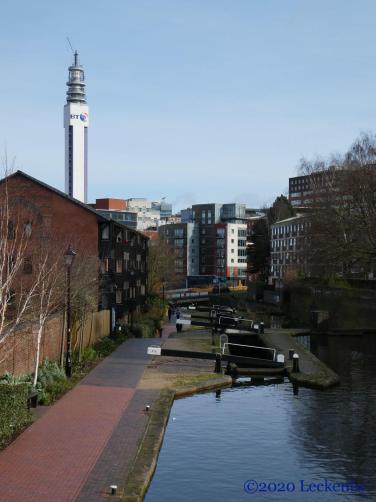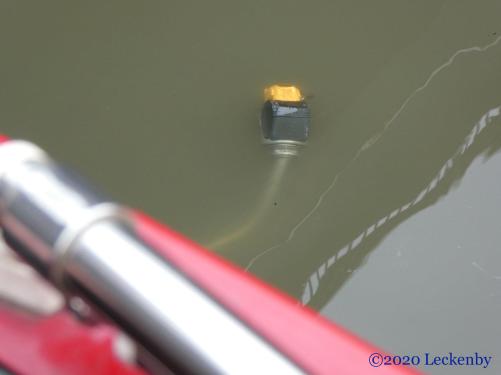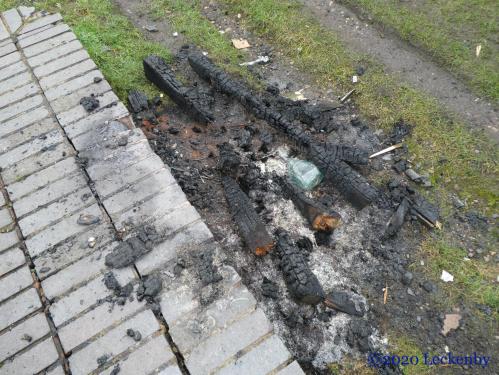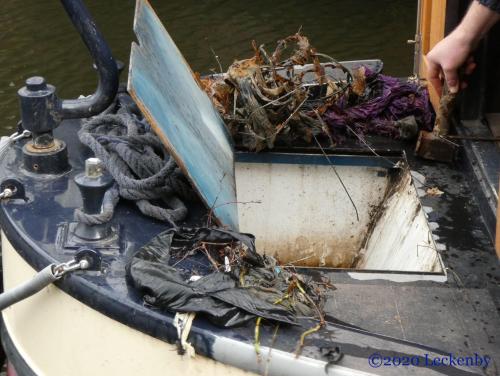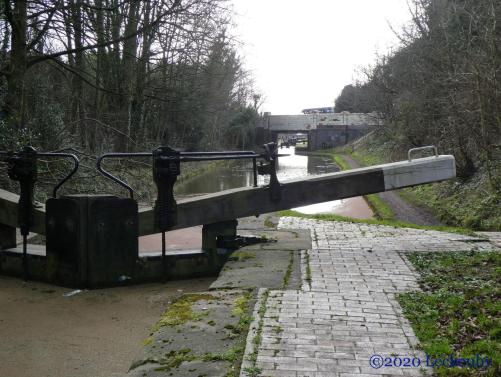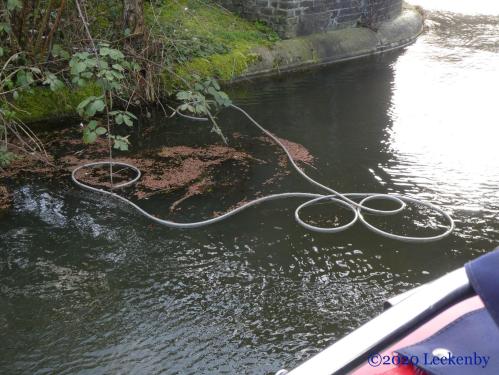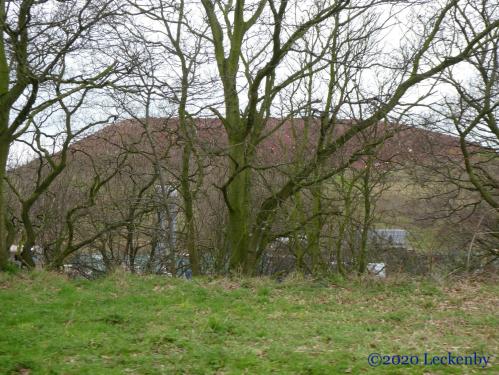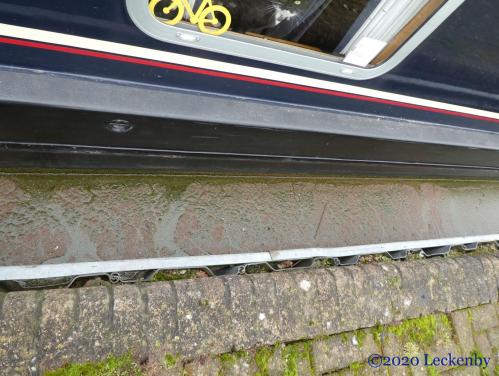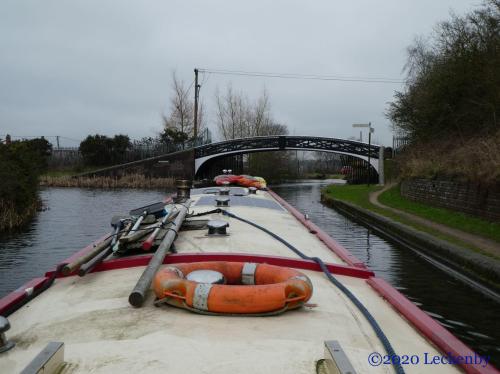BUMingham
The other day we made a call to the National Trust to see if we could get on a tour around the Back to Backs in Birmingham. This is another thing we’ve been meaning to do for a while. Ringing them meant that we could slot onto a tour this week when space was available.
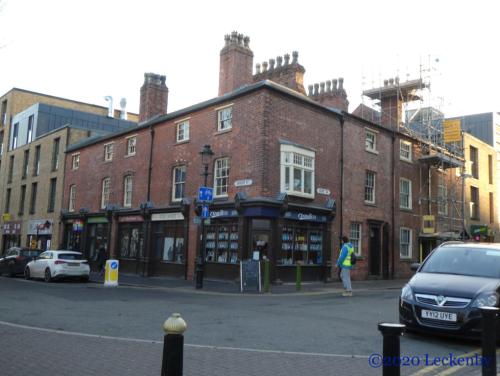
Walking through Birmingham can be problematical at the moment with underpasses closed and not being able to walk along some of the tram tracks. So we took the usual route past the library and then joined Hill Street, walking through China Town onto Hurst Street. Modern buildings gave way to reveal a corner of red brick, an enticing sweet shop on the corner.
Our tour was for 2:30pm and we’d arrived in plenty of time to check in at reception and have a look around the exhibition upstairs. There is an amount of being able to be nimble at the National Trust property as there are plenty of steps involved on narrow winding staircases.
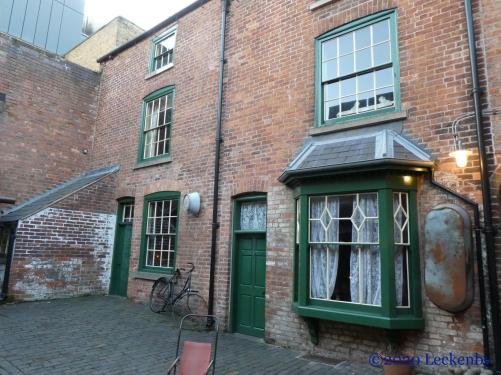
The exhibition gives you some of the back ground of the houses on the tour . In 1789 the land was leased by Sir Thomas Gooch to builder John Wilmore. By 1802 the first house was completed and during the 1820’s more houses were built and by 1831 court 15 was completed. Birmingham’s back to back houses were unique as they were all built around a courtyard which housed all the services for the houses on that court. Court 15 was possibly one of the smallest in the area.

By the end of the 19th Century all the front facing houses on Hurst Street had become shops on their ground floors, the occupiers living on the top two floors. In 1966 the last family to live in the houses moved out after the courtyard was condemned for domestic use. Some shops continued to be run for some time, George Saunders tailors being the last to leave in 2002.

The court became Grade 2 listed in the 80’s but the properties deteriorated rapidly. Restoration work began in 2003 and in 2004 they were handed over to the National Trust and opened to the public.
Tours are kept to a maximum of eight people and the route through the houses is tight. We were lucky as there were only six in our group so we could see a bit more in each room. Starting off in the street we were given the history of the houses and then we passed through a gate across the alleyway into the court.
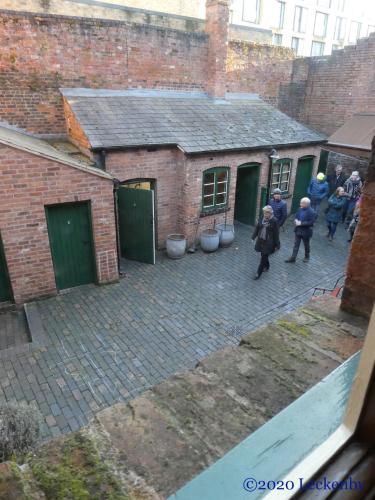
Court 15 had 11 houses and in 1851 there were 60 people living there. Three toilets and two wash houses between them, the nearest tap was across Hurst Street.

The first house we were shown into was the largest and laid out in the earliest period, 1840. A scullery added onto the front of the house, the main room all lit by candle light. The fire in the hearth just keeping the chill off.

Our tour wound up the narrow flight of stairs into the main bedroom, where two beds and a wash stand filled the room, up another floor and three beds squashed together. A door led to the property at the front. This has been left so that you can see what the houses were like before being restored. Colour wash on the walls, the plaster barely hanging onto the ceilings. Torches were needed to look at photographs of the houses through the ages.
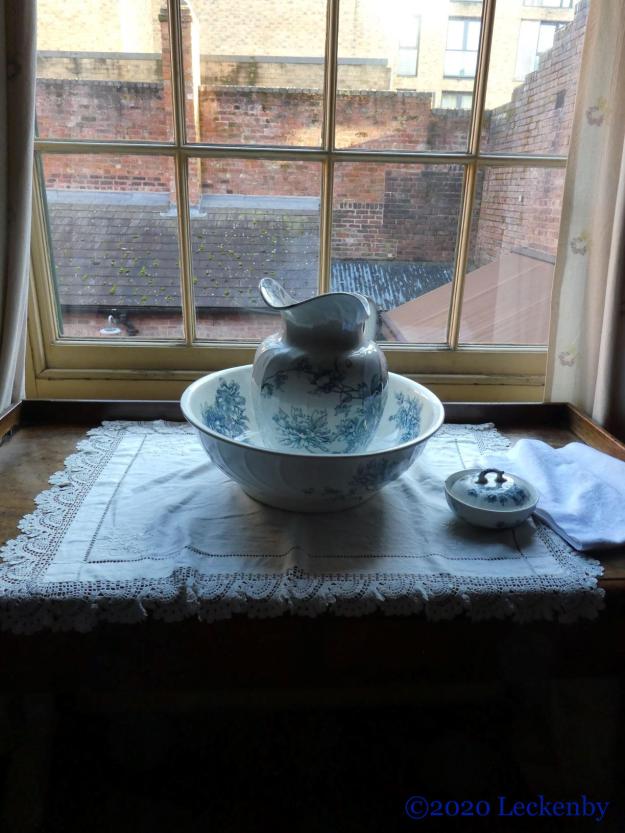

Down into the next house where a family with nine kids once lived. The children sleeping four to a bed, topping and tailing, a blanket hung between beds for some privacy. Next floor also two beds and a work bench. The chap who lived here made clock hands and many of the tools he’d have used would have been similar to those we’d seen in the Jewelry Quarter Museum the other day.

A bigger stove in the groundfloor room with two ovens. This house had gas lighting, but our guide said that this type of house in 1870 wouldn’t have had it, by the 1930’s then maybe.

Back into the court and into the third house, 1930’s. Kitchen utensils more familiar to us all. Here a chap lived who made glass eyes, some for people but the majority for taxidermy. He wouldn’t have worked from home as the glass needed high temperatures to melt it. This house is laid out with electric light, our guide poo pood this also.

Up more stairs and into the tailors house. This is where George Saunders worked through the 70’s and into 2002. Quite a few of his possessions, machines, off cuts of fabric and patterns are on show.

When he first came to the country he applied for tailoring jobs, one he was invited for an interview with the job being made for him. On arrival he was turned away, being told that the job had gone. George was very well qualified for the job, the colour of his skin his main problem!

He worked in factories until he set up his own shop here. His firm prospered, he had regular clients and didn’t need to advertise. A Teddy coat with all the tailors stitches sat on a stand for all to see his craftmanship.
Back out into the court we were shown a wash house. When you moved into a house on the court you would be told which day was your wash day. Originally water was brought from across the street to be heated up, then a tap was brought into the yard and in later years each house was provided with a cold tap.
The toilets started off being just earth closets, these were upgraded to buckets which the night soil man would take away and then upgraded further to flush toilets.
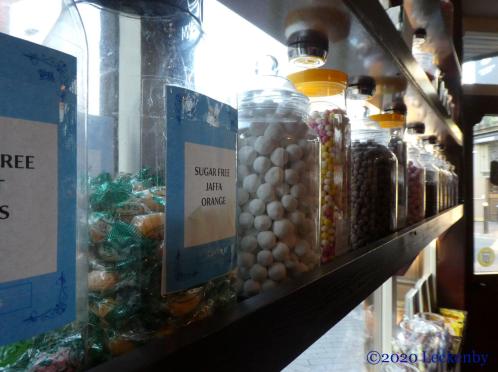
What an interesting hour and a half. We had to finish it off in the 1930s sweet shop on the corner. But what to choose? 1/4lb bag of sweets but so much choice. Many I remembered from the School Shop when I was a kid, but the shelves here were much longer, so much more variety.


Pompom my Grandad would have been happy with some Frys Chocolate Cream. I opted for Raspberry and Blackcurrant chews, Mick a bag of dark chocolate ginger. Marvelous.

0 locks, 0 miles, 1 aborted smiley lady, 11 back to backs, 60 people, 3 toilets, 2 wash houses, 4 to a bed, 8 to a tour, 1 nimble tour guide, 80 eye balls, 1 fascinating afternoon, 1 tap on the roof, 1 visit from Paul.


